All of us want things. Every year many of us resolve to make changes – personally and professionally – in order to get what we want. Eat better, write that article, exercise, make those phone calls, spend more time with family, learn that new skill. But inevitably another year passes without the results we desire and we are back to square one.
For most the problem is not one of indecision, but inaction. The desire for change is strong, but the will to make sustainable change happen is lacking. For this reason many lawyers spend their careers on autopilot, attending diligently to client needs and priorities but not their own. Days, weeks and years seem to flash by in a whirlwind of emails, conference calls and court appearances. With demanding clients, bosses and adversaries to deal with on a daily basis, who has time to focus on much else?
That’s not to say that most lawyers are mindless or aimless about their future. Far from it. Most have audacious goals for their career. But far fewer take the steps to achieve those goals.
Ironically, many lawyers end up settling for mediocrity because they are perfectionists. They don’t have the time, energy, or mental bandwidth to execute on a perfect business development plan, so rather than do a “good” job of building their practice, they do nothing at all.











